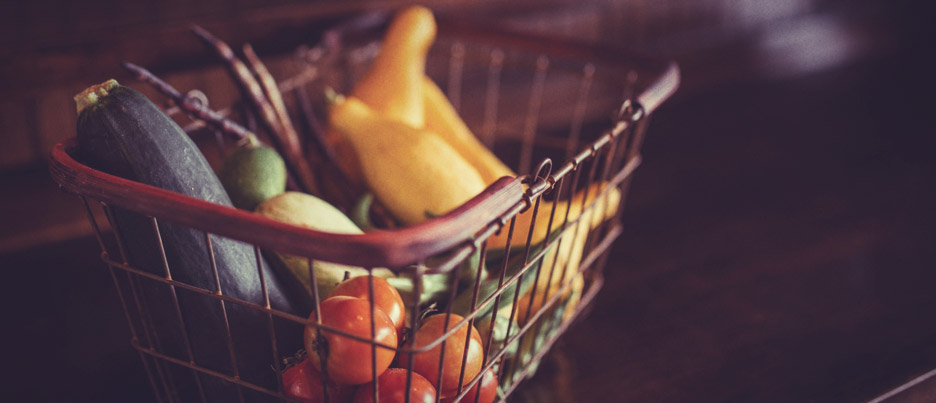Transparency: The New Mantra For Food Marketing

Whether it’s consciously or subconsciously, everyone has different criteria of what they are looking for when they go to the grocery store. Traditionally, these factors have been price, taste and convenience. Recently, however, the consumer’s decision process has been evolving. According to a recent study, most consumers want their food to meet these four factors: health and wellness, safety, social impact and experience. No matter what age or background, these are the new drivers for consumers. As for me, a 26-year-old woman, I’ve discovered that I tend to follow these factors, as well.
- Health and Wellness (Lifestyle)
The word “health” means a lot of different things to a lot of different people. The word itself has evolved with consumers. There’s a lot of conflicting research out there, forcing consumers to do their own investigating and decide what fits their idea of health. A more active lifestyle consumer might look for foods that fit into their specific macro nutrient needs, while a mom with two kids looks for ways to make vegetables sound more appealing. Since I’m active and trying to stay fit for my wedding day, I want something that isn’t going to take a lot of effort, but has more natural foods than processed foods. Those requirements determine my grocery list and where I’m going once I’m at the store. I need to be in and out, which is why every Sunday my fiancé and I make a meal plan and go from there. I’m not spending much time wandering through the aisles reading the labels, but I am pulling out my phone and using the few health and food apps I do have. In a few seconds, I’ve scanned a products barcode and can see if it fits my own personal idea of health and wellness.
- Safety
According to the study done by Deloitte, more than half of consumers think that “food safety” means their food is free of harmful elements. The same study also shows that 42 percent of consumers think the fewer the ingredients there are, the better. In general, that means I will likely gravitate not just toward more whole foods, but also toward those with ingredients that I can actually read. Most of my grocery cart has fruits and vegetables. Those ingredients are the easiest to read. It might not mean I’m saving the most, but it means that I’m eating better. “Clean-eating” is a buzzword that doesn’t just apply to the cross-fit, weightlifting, gym rat-types anymore. Consumers want to know exactly what’s in their food, so labels have to be clear enough for them to understand. What food and beverage companies put on their products needs to be simple. The average person might not know where they stand on GMOs, but if there are ingredients that they can actually understand then it’s got a better chance of ending up in their basket. I can’t be healthy all the time, but I can make sure that it hasn’t been over-processed.
- Social Impact
More and more people are becoming aware of their purchasing power. It’s not just groceries that they are spending money on, it’s investing in something more. Some issues consumers are concerned about include locally sourced products and the fair treatment of workers. Nearly a quarter of consumers surveyed choose one or more of their shopping destinations based on social impact attributes, according to Deloitte. And while it might appear small, don’t underestimate the trend of consumers caring more and more about the social impact of their food. They’re also being very vocal about those issues. Many are passionate influential consumers who aren’t afraid to voice their concern whether it’s through social media or directly with the brand’s parent company. This is where it is in the best interest for those companies to show their transparency – the more available their information, the more consumers are aware (and potentially supportive) of them.
- Experience
We eat with our eyes first; we also buy with our eyes first. You don’t always know the ingredients right away or if that company supports your same ideas of health, but if their packaging stands out from the rest it has a higher chance of being picked up. If a product is picked up, the chance of consumers purchasing it goes up. Even if I don’t purchase it, I’ll probably check it out and do research that may lead to a future purchase. That’s why B+L regularly helps clients create more eye-catching packaging. Not only does it look more appealing, but it appeals to the consumers interested in a healthier lifestyle. B+L’s approach also includes helping clients formulate their online presence. The more companies are responsive to consumer feedback online, the more transparent – and thus appealing – they appear to consumers.
Overall, consumers’ tastes and preferences continue to grow more diverse as more and more options become available. While that might seem challenging for companies today, it’s not necessarily a bad thing. If companies appear to be more transparent in these four areas, they’ll have more consumers dedicated to their brand.

